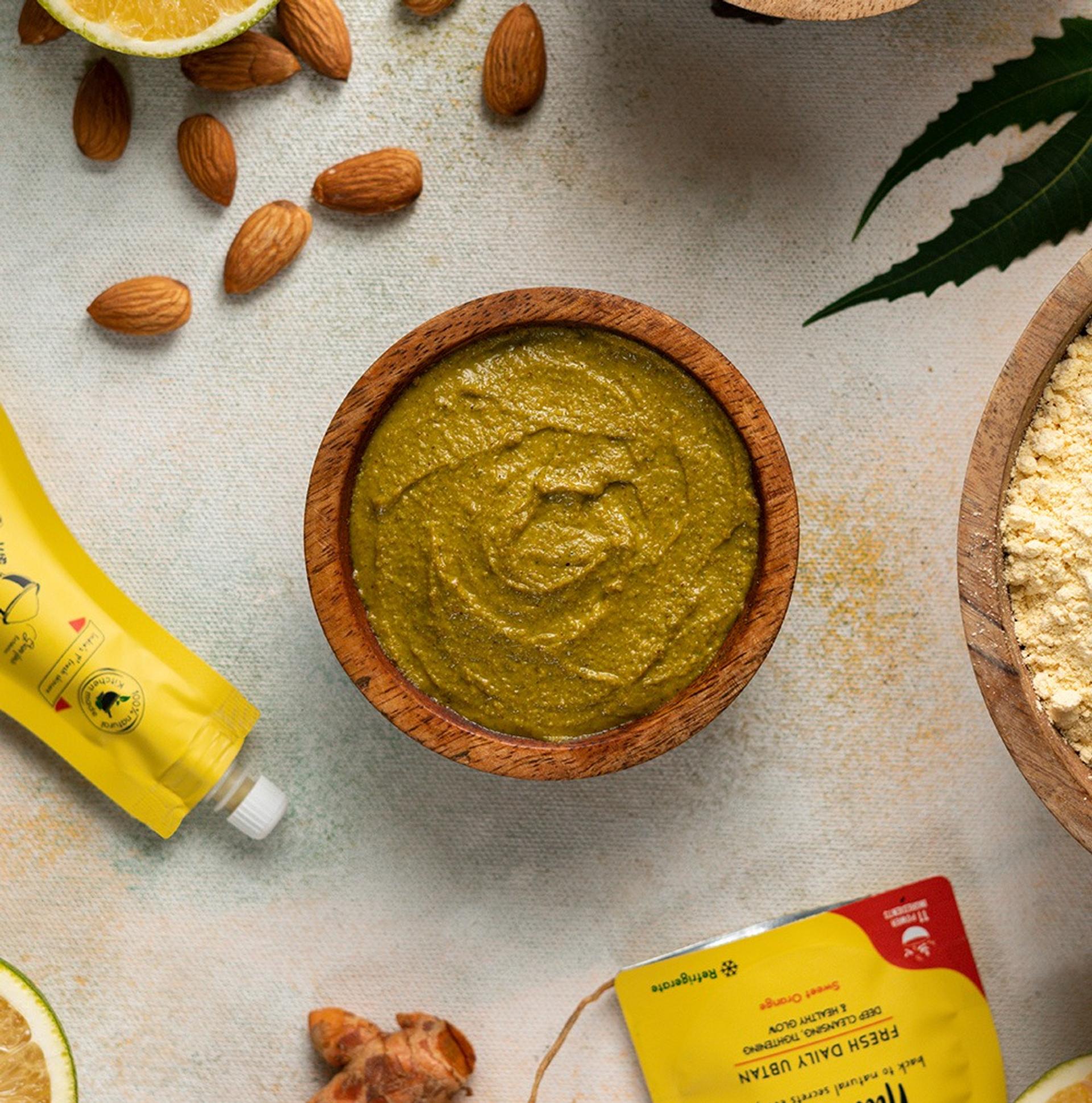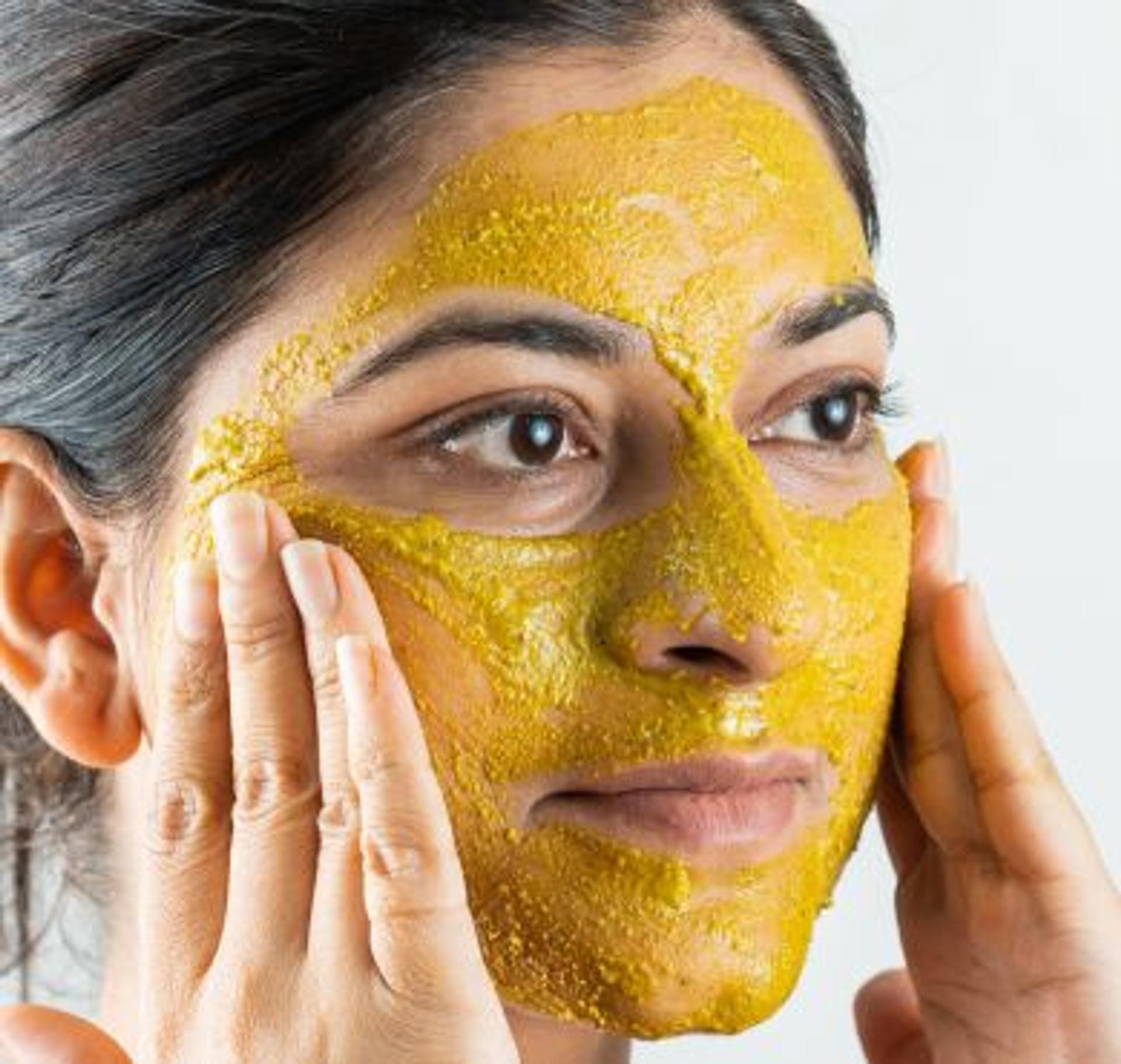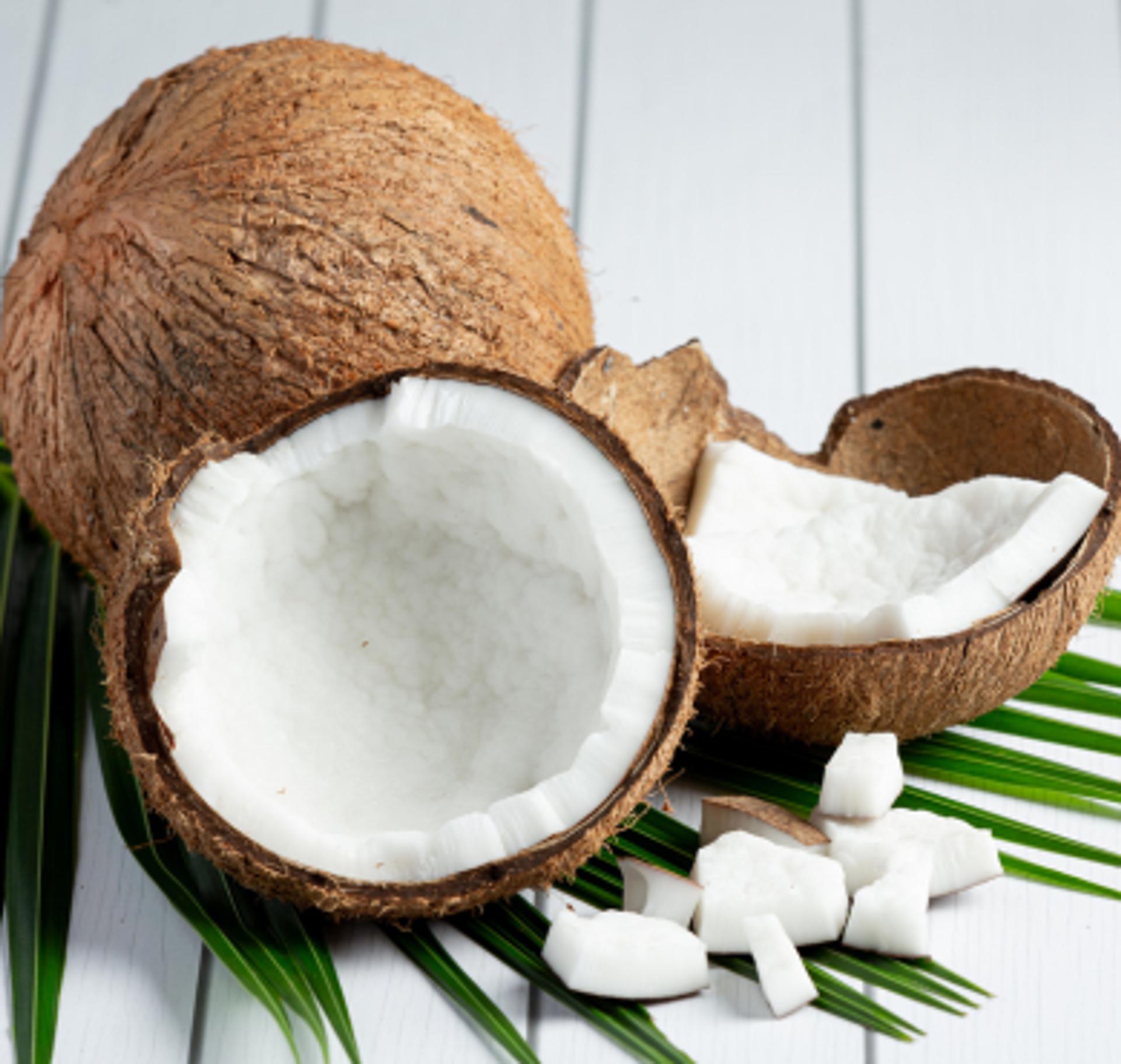
Not All Coconut Oil is the Same!
By Nat Habit
Coconut oil has soared in popularity in recent years, hailed for its versatility and numerous health benefits. From cooking to skincare, this tropical oil has found its way into countless households around the world. However, not all coconut oils are created equal. The quality of coconut oil depends heavily on several factors, most notably the quality of the copra used in its production.
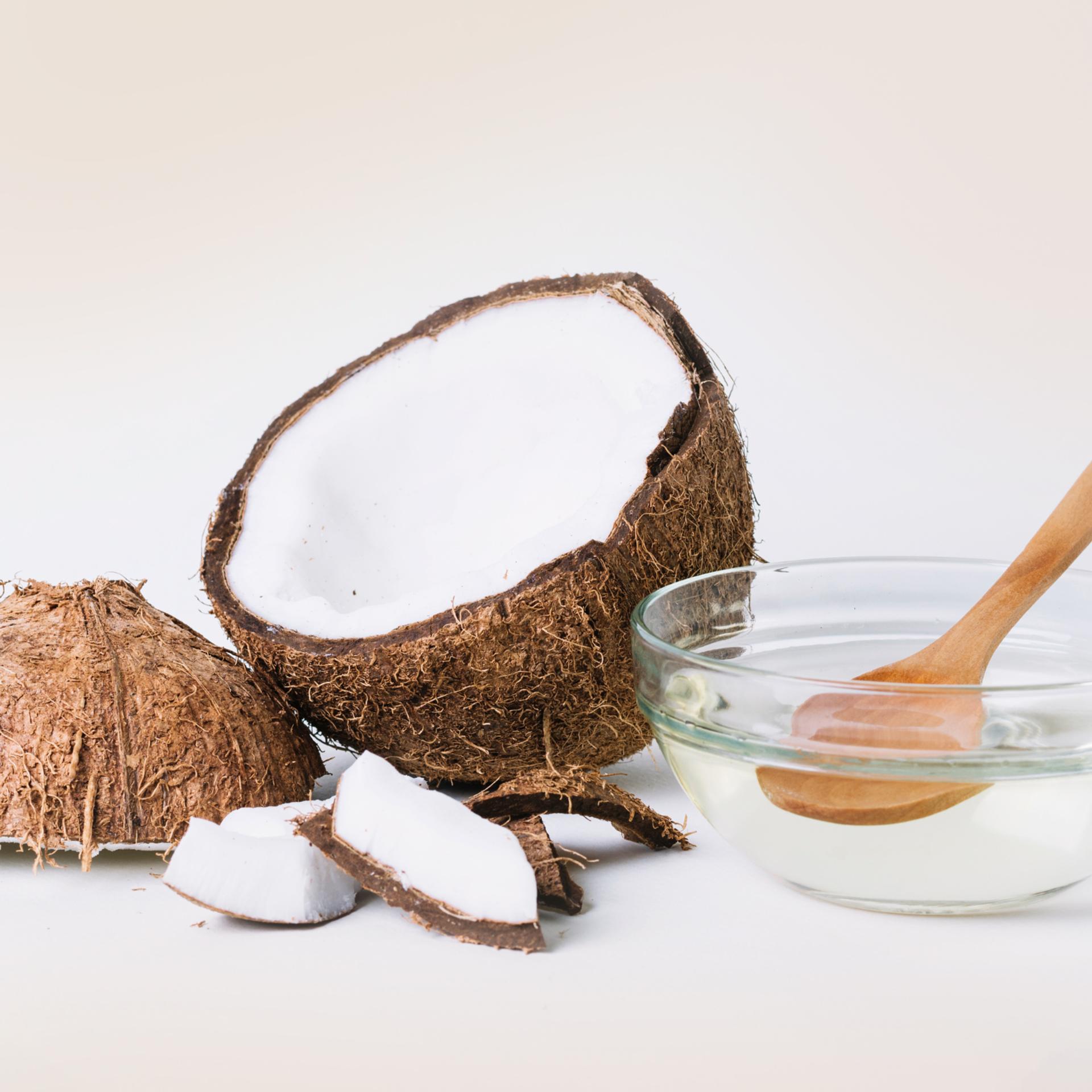
Copra, the dried kernel of the coconut, serves as the primary raw material for extracting coconut oil. Its quality directly impacts the quality of the oil produced. Three fundamental analytical parameters govern copra quality: moisture content, free fatty acid content, and oil content.
Firstly, moisture content plays a pivotal role. Copra must be stored in well-ventilated, dry conditions to prevent moisture accumulation. Moist copra is susceptible to deterioration by mold and insects, leading to a decline in oil quality. Hence, it's imperative to segregate good-quality copra from the inferior ones to maintain the overall quality of the oil.
Secondly, the free fatty acid content of copra is crucial. Coconut fatty acids, particularly lauric acid, are prized for their utility in various applications such as soaps, cleansers, and emulsifiers. However, copra with high levels of free fatty acids may not be suitable for certain uses, such as hair care, due to its potential to weigh down hair and cause buildup.
Thirdly, the oil content of copra significantly influences the quality of the resulting coconut oil. Copra typically contains between 65 to 72 percent oil. The extraction rate and oil content vary based on factors like coconut variety, ripeness, and growing conditions. Higher oil content generally yields better-quality oil.
Extraction Process
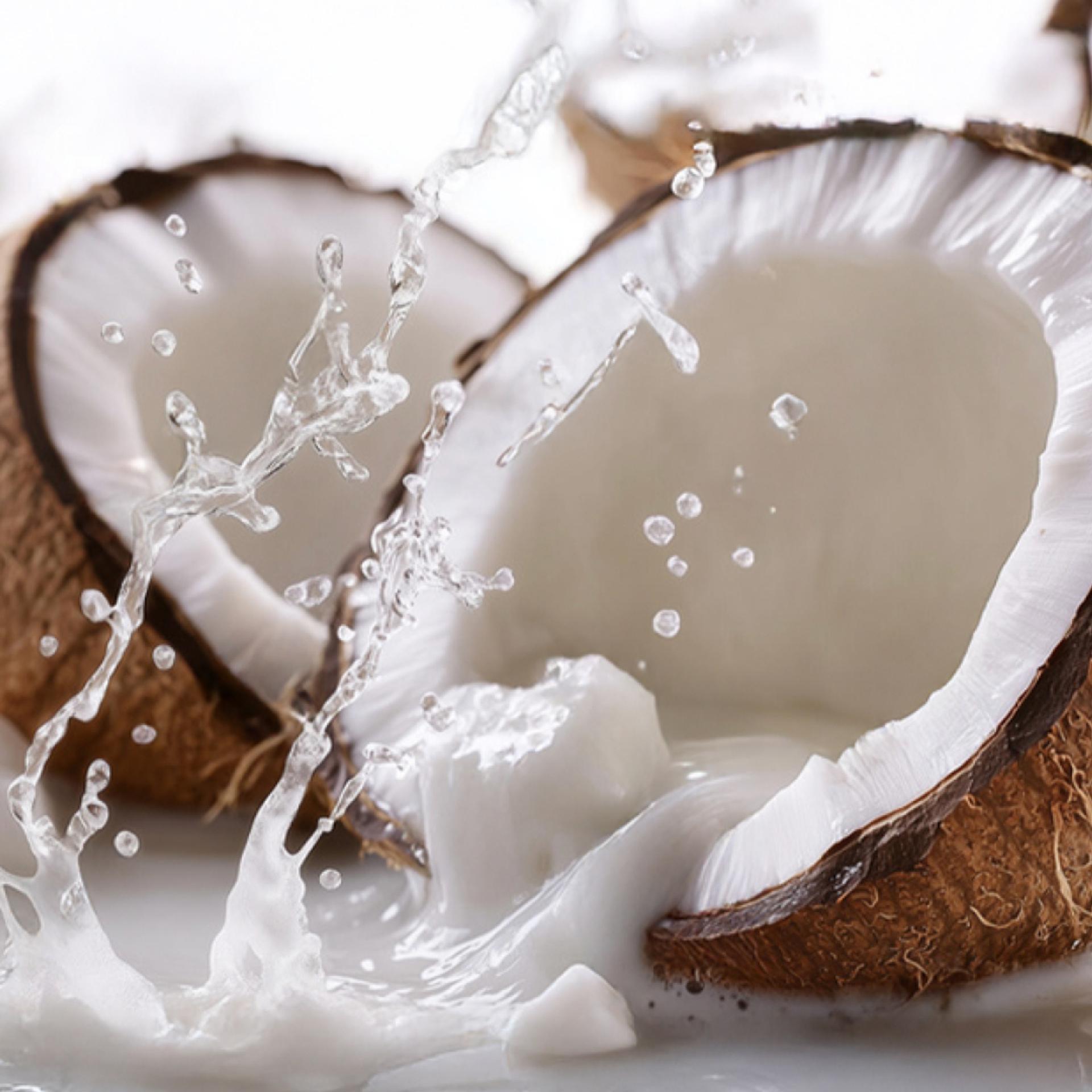
Moreover, the extraction process itself plays a crucial role in determining the characteristics of coconut oil. Different techniques, such as cold extraction, low-pressure extraction, and chilling/freezing/thawing methods, yield oils with varying flavors, aromas, and nutritional profiles. Cold extraction, for instance, preserves more of the oil's natural nutrients and flavors compared to traditional heating methods.
Additionally, the use of chemicals in the extraction process can impact the composition of coconut oil. Lauric acid, a saturated fatty acid predominant in coconut oil, comprises up to 50% of its composition, followed by myristic and palmitic acids. While these saturated fats have their benefits, such as promoting heart health and supporting immune function, the presence of other components like unsaturated fatty acids can influence the oil's stability and shelf life.
In conclusion, not all coconut oils are the same, and understanding the factors that influence their quality is crucial for consumers and producers alike. From the quality of copra to the extraction techniques employed, each step in the production process contributes to the final characteristics of coconut oil. By being aware of these factors, consumers can make informed choices and appreciate the diversity within this beloved tropical oil.
Learn more
